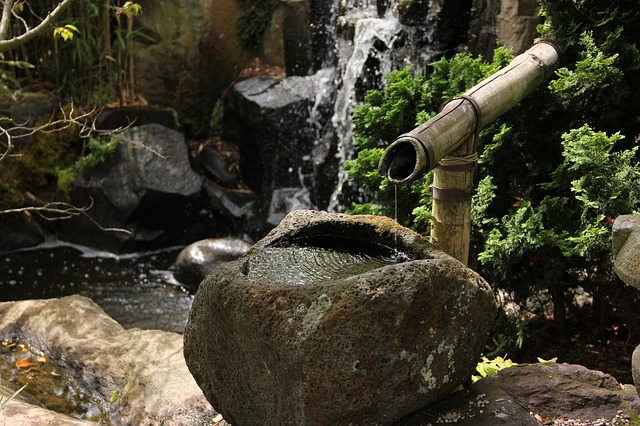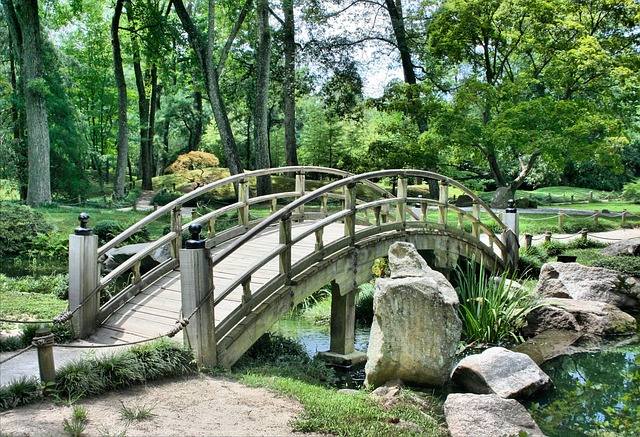What are Japanese gardens
Japanese gardens are ornamental gardens of various sizes in Japan. However, the term also applies to the landscaping of gardens outside of one\’s home country. The term is used to describe landscaping that has spread throughout the world and bears a clear resemblance to the original Japanese gardens. Although we consider these gardens to be part of the Japanese tradition, their style dates back to animistic religions. Their prototype is mainly influenced by Chinese and Korean influences. Over the years, however, Japanese architecture moved away from that aesthetic with the advent of Zen Buddhism, and since the late 19th century, the Japanese have increasingly adapted to European styles, moving away from works expressing an idealized nature to those expressing the individuality of their creators.
Differences between Japanese and European styles
Unlike Japanese architecture, the European style does not use religious artifacts for ceremonial purposes. In Europe, the wealthy flaunted their wealth by building vast mansions, whereas in Japan, beautifully landscaped large gardens are the symbol of the upper class. Simplicity is the ideal of beauty in Japan, but simplicity is not so common in Europe. Here, ornate original parks and gardens are not uncommon. Unlike Europeans, the Japanese use gardens for meditation, relaxation, and reflection.
Japanese gardens at home
Designing an original Japanese garden is not easy and requires much experience and practice. However, that does not mean that one cannot take inspiration from this oriental style and try to apply certain elements to a European garden. However, there are a few points that should be observed.
l The rule “less is more” applies. Japanese gardens have a simple and natural look. Therefore, plants should be arranged to look as natural and asymmetrical as possible, and geometric cuts should be avoided. There is beauty in simplicity.
l In Japanese gardens, water, sand, stones… and all other natural materials are represented. Therefore, concentrate on creating small ponds and stone blocks.
l Do not miss certain plants to plant in the garden. For example, maple trees, ferns, bamboo, bonsai, etc.
l A little something extra goes a long way, but everything in moderation. Try a small wooden bridge or fence at the entrance to the garden, or a small waterfall.


